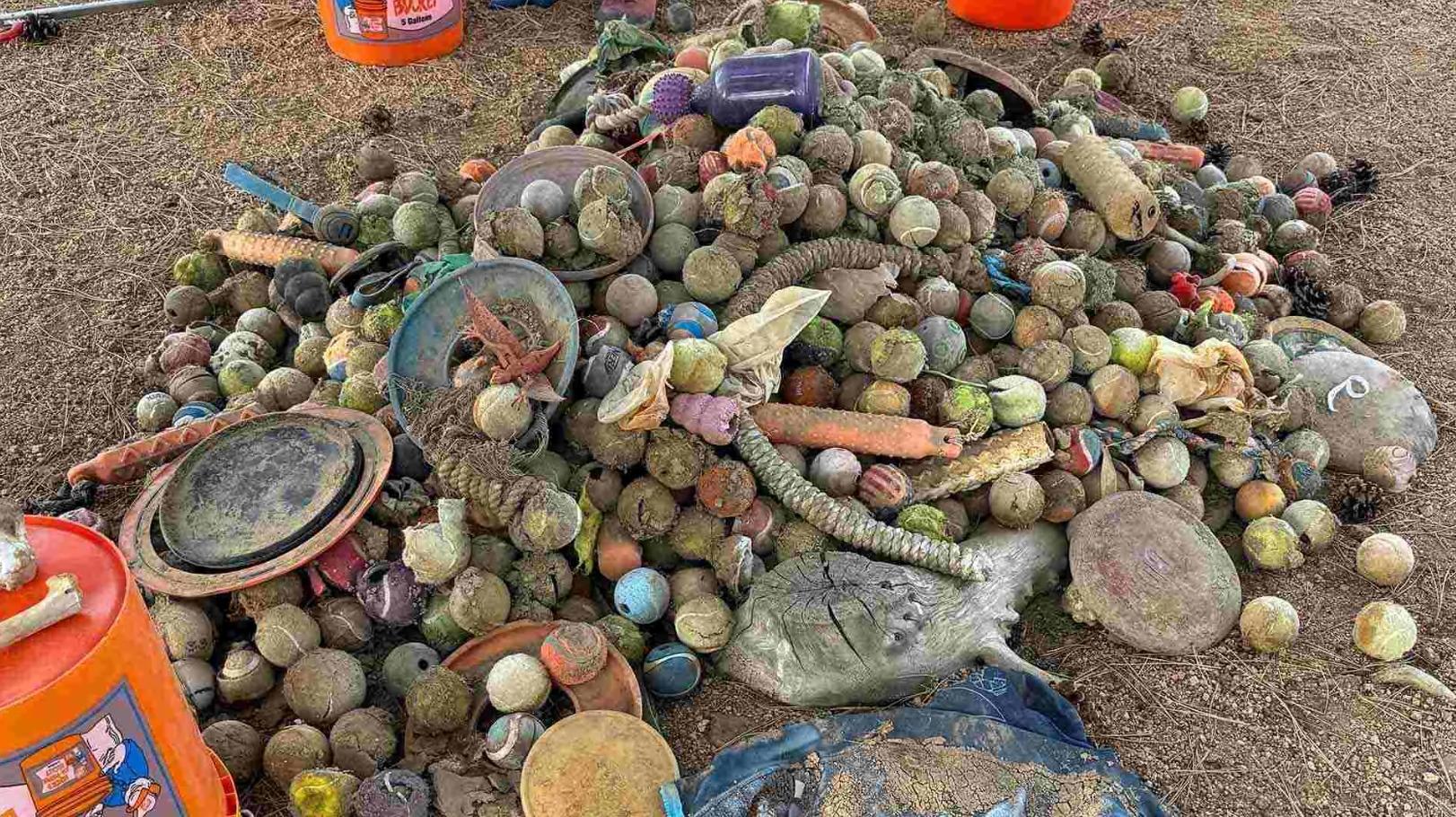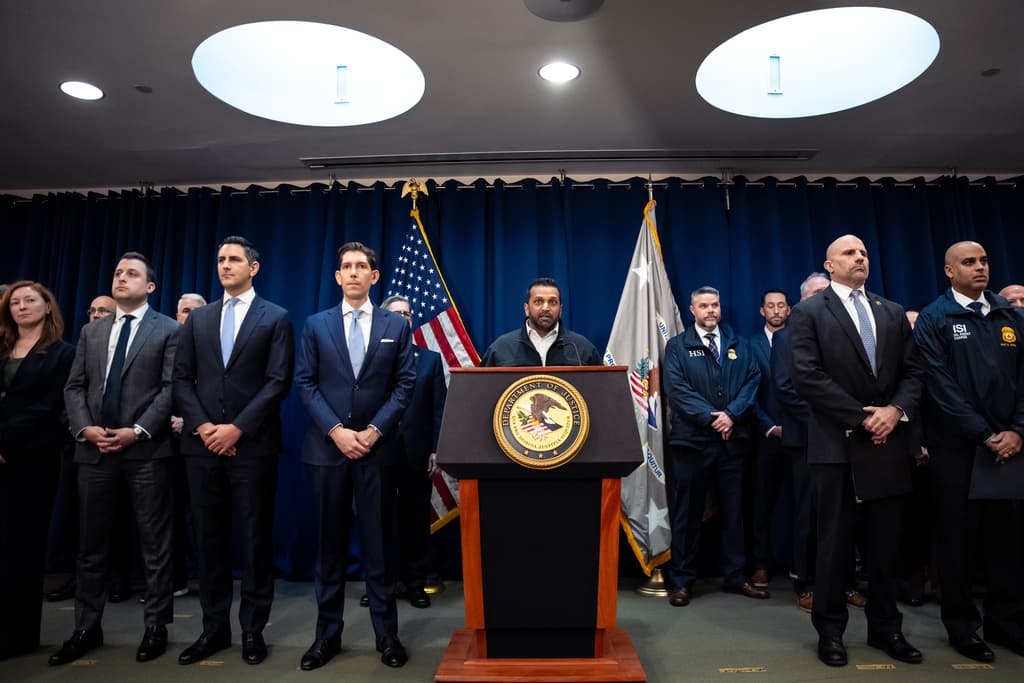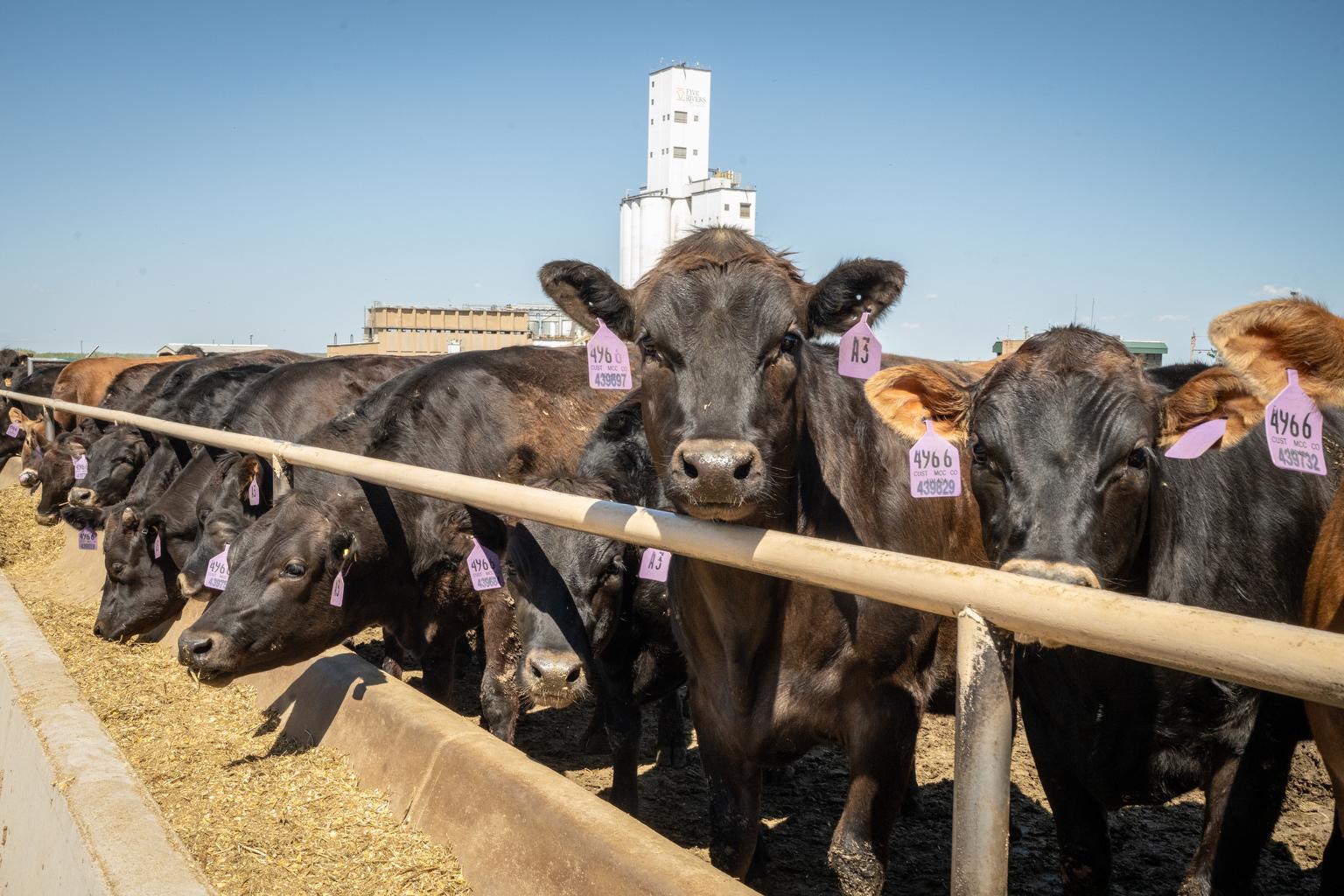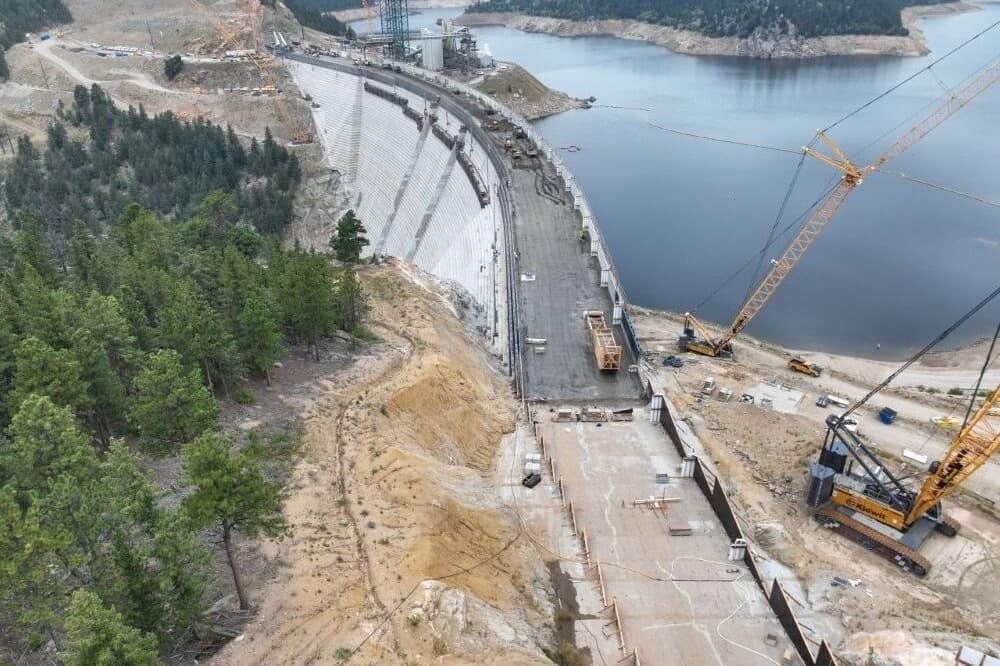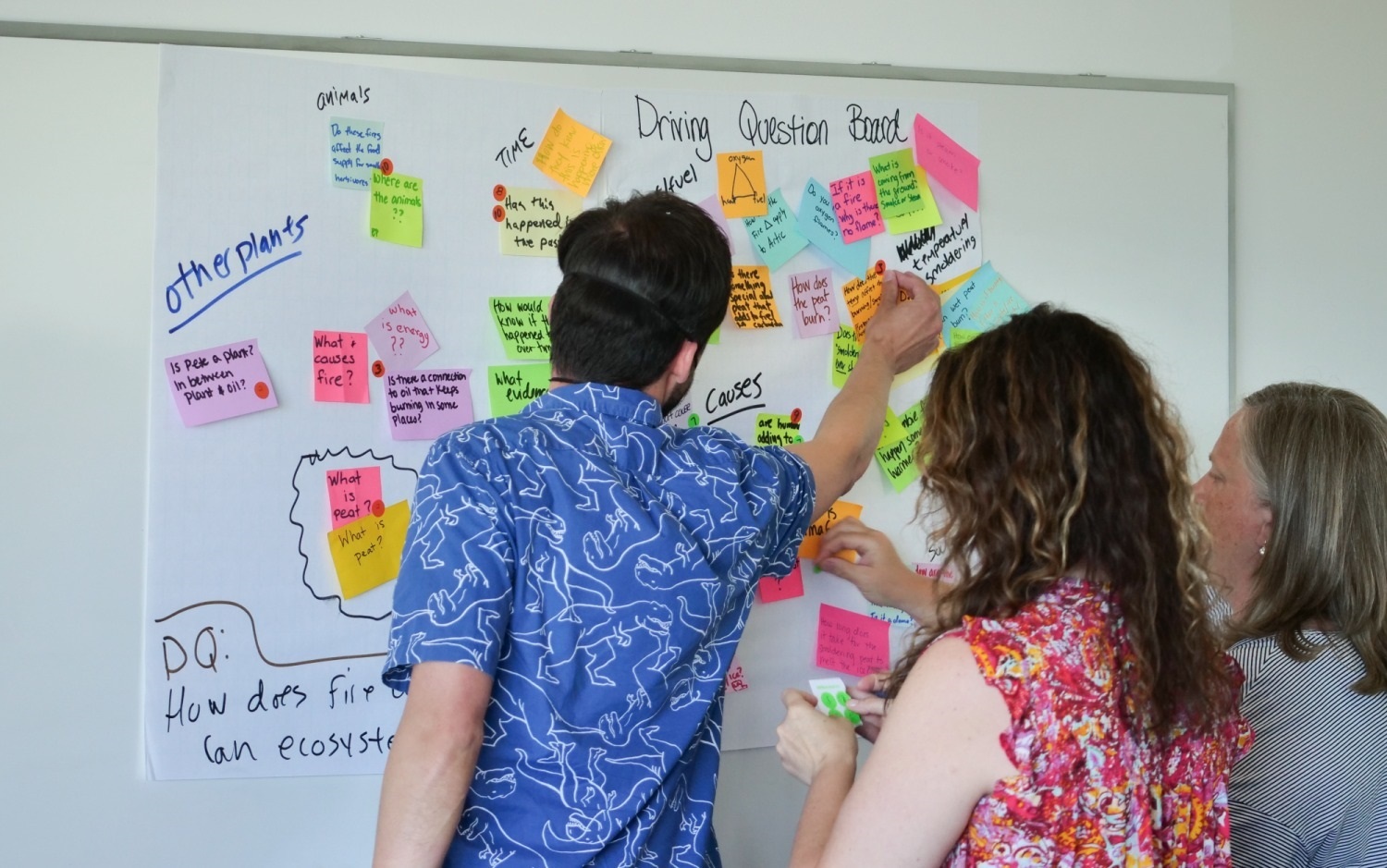
Many science classes today rely on cookie-cutter science labs and rote memorization of the terminology. I can still remember learning about the nucleus and cytoplasm and my personal favorite, endoplasmic reticulum (it sounds so cool) in high school.
But there’s a growing demand for science curricula to help students apply science in novel ways to solve challenging problems like pandemics or climate change.
Teachers across the country now have free, open-source access to a new series of science curricula called OpenSciEd High School that is focused instead on the driving questions critical and relevant to the lives of young people. A coalition of educators from 10 states led by the University of Colorado Boulder has released a new, three-year high school science program.
The curricula, designed by a consortium of developers led by inquiryHub, a research-practice partnership based at CU Boulder, were designed in collaboration with teachers and students from more than 300 schools nationwide. The curricula align with the Next Generation Science Standards, adopted by Colorado and other states beginning in 2015.
“There simply were not enough materials available that fully reflected this really transformed vision of science education,” said William Penuel, professor in the Institute of Cognitive Science and School of Education at CU Boulder.
He said one goal of the curriculum is to give students a feeling for what it's like to do science and engineering.
“Kids need to be learning science through investigating phenomena and problems in the world while engaging in practices that resemble those of scientists and engineers so that they can see how science and engineering matter for their everyday lives and for the priorities of their communities.”
Instead of students simply memorizing the parts of the cell and their function like I did, the curriculum provides a motivation or bigger purpose for why they need to understand cells.
“They might need to know something about how cells work if they’re interested in understanding how someone heals from a disease. Or if I'm interested in how people inherit diseases and what my risk and my family's risk of that is. And who gets cancer, who survives cancer and why?”
Investigating zombie fires like you’re reading a novel
The way an educator teaches in the new curricula centers on a storyline around a particular phenomenon – something puzzling or interesting that happens in the world. That generates a number of questions for students.
“The questions that it generates are the questions that they would need to answer to explain the phenomena,” said Kate Henson, director of K-12 STEM Teaching and Learning at inquiryHub. The hub offers a range of professional development resources to guide teachers through implementing this new way of teaching science.
Here’s an example.
Students in a biology class during a unit on wildfires may start with hearing about an ecological puzzle: In some parts of the Arctic, “zombie” fires burn in the carbon-rich soil below the ice. Students watch videos and examine maps and data about these puzzling fires that can be seen from NASA satellites.
“Kids are wondering, well, what's actually on fire? How can they burn under ice? Is there oxygen under there? Why don't they go out? Isn't it super cold in the Arctic? Why are they getting bigger? What does it mean that all this carbon dioxide is being released?” said Henson.
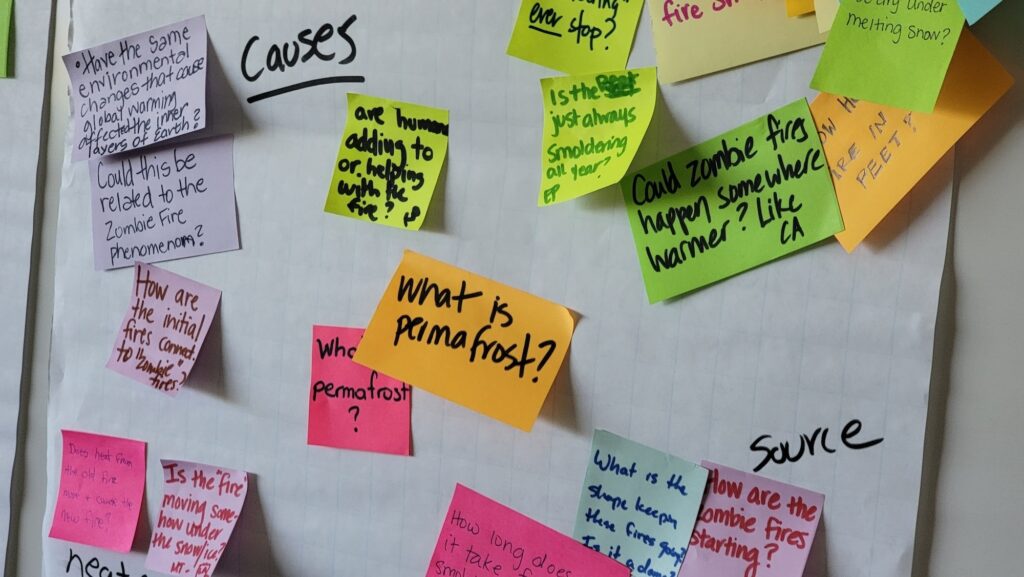
Students figure out that it’s peat moss that’s burning. Students' next question is, how did the peat get there? Each question leads to a new question that students investigate in sequence.
“So, the idea of the storyline is much like if you were reading a novel, you would keep reading it because you want to find out what happens next. And in the unit, you want to keep coming to class because today we figured out that peat is burning under the ice, but we don't know why and we don't know how it got there.”
As part of the unit, students may burn peat, generating evidence along the way, comparing peat to other substances that burn in nature. They then want to figure out why there’s so much peat in the permafrost, which leads them to designing and carrying out investigations on decomposition.
Topics may include units on cancer biology and how cities are adapting to rising sea levels
One physics unit starts off with the 2021 energy crisis in Texas set off by deep freezes in order to understand how energy flows within systems. A chemistry unit starts with rising sea levels and how cold and warm water is impacting ice in Greenland (thermodynamics) and what possible solutions are.
The curricula are focused on issues in the traditional domains of chemistry, biology and physics but they are developed around 16 big ideas that the fields consider to be fundamental to generating more knowledge like ecosystem dynamics or genetics, for example.
The curricula were developed with field experts, high school teachers, and school district administrators and then field tested with nearly 20,000 students to help researchers write questions.
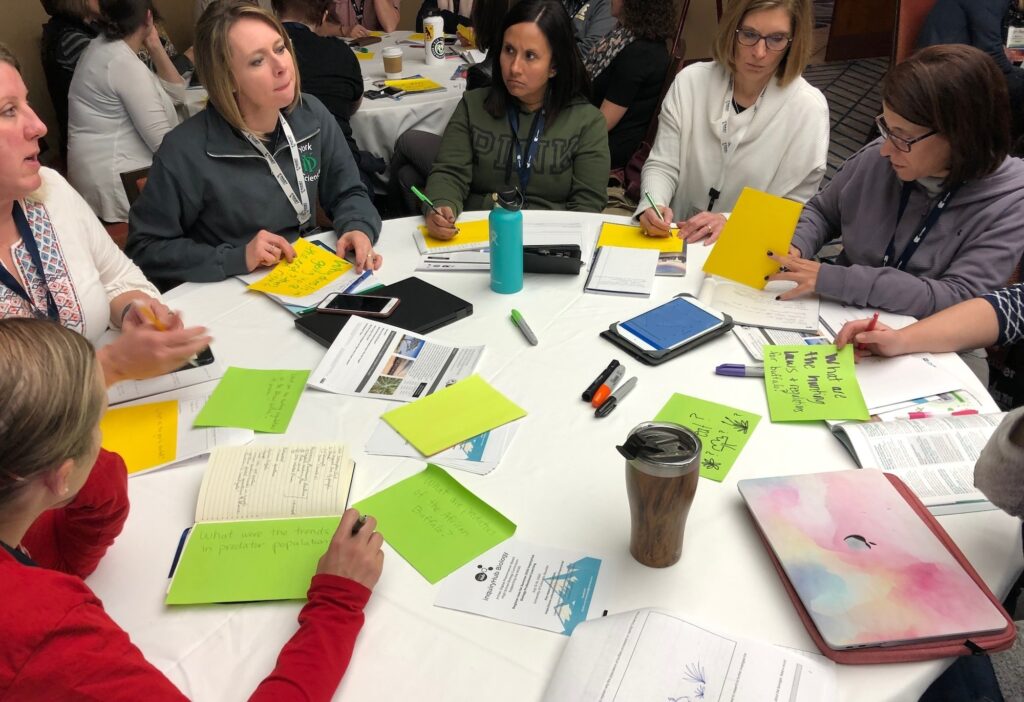
Researchers surveyed nearly 1,000 students on which driving questions within each unit they’d be most interested in studying. In contrast to a traditional way of studying science, units last six to eight weeks so students need to be interested in them, said Penuel.
Researchers paid particular attention to feedback from students traditionally marginalized in STEM such as girls and students of color.
“We owe these kids who've been marginalized from STEM,” he said. “We owe them a debt that we have to overcome by showing them how STEM could be relevant to things that they care about and are interested in.”
CU’s Penuel said data show students are more engaged, find the classes more meaningful and interesting and they’re learning more.
The $7 million project, funded by several foundations, also included Northwestern University, BSCS Science Learning, the Dana Center at the University of Texas Austin and Denver Public Schools.
- To help address a teacher shortage, Colorado gives $10,000 stipends to educators earning degrees
- Jeffco will pilot new programs, including a welcome center bus, to better serve immigrant students
- Colorado is the fifth most expensive state for child care. Advocates launch a campaign for why a collective approach is needed

